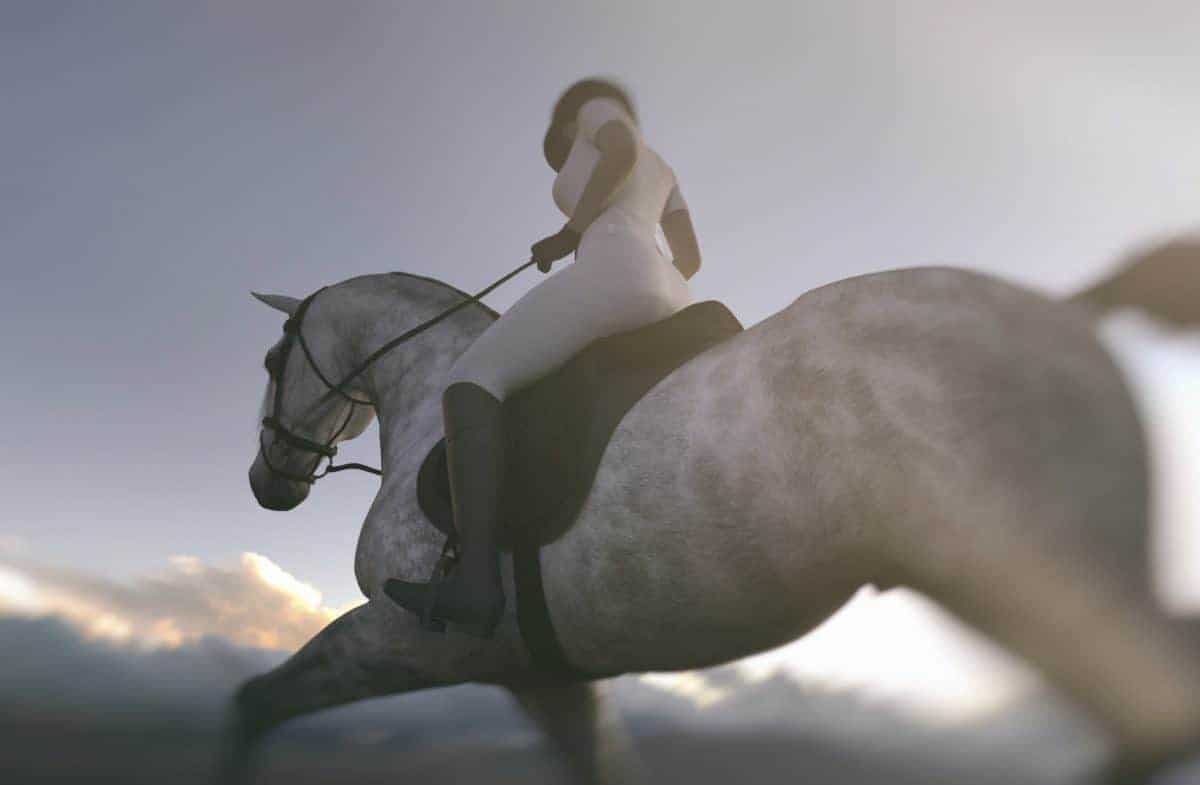Four common equine insurance mistakes

When it comes to equine insurance, what are the most common errors that horse owners make? KBIS British Equine Insurance outlines some of the main pitfalls to avoid.
1 Not checking insurance vetting requirements prior to purchase, and not insuring soon enough.
Depending on the value of the horse and level of cover you are taking out, insurers may require a current 2 or 5 stage vetting and possibly x-rays. If you are going ahead with the purchase of a new horse, by speaking to your insurer first you can ascertain exactly what they will require to put the horse on cover and ensure the vetting you are having is suitable.
In addition, most insurers will normally stipulate that the vetting has to be current to within a number of days to the horse going on cover, so as soon as the vetting is completed make the necessary arrangements with your insurer to take the cover out and send in a copy of the vetting report. Not only could it save you having to have another vetting carried out, but insurers will usually limit cover to accidental, external injuries only for the first 14 days – so the sooner the horse goes on cover, the sooner full cover will be instated.
2 Not being insured for the correct riding activities
Insurers group riding activities into different ‘classes of use’, for example Prelim dressage is likely to be classified into a lower class of use than Novice eventing. Activities which are in a higher class of use are viewed as being of ‘greater risk’ so will attract a higher premium. You can change the class of use during the policy period but you must be in the correct class of use for the activities you are currently participating in, otherwise it could make a claim invalid.
So when moving up the grades in any discipline, check that your policy is still valid. Similarly you could end up paying a higher premium than necessary if you are in a higher class of use then you need to be. Not all insurers will group activities in the same way so it is important to check your terms and conditions carefully.
3 Not requesting for an exclusion to be reviewed
All insurance policies carry general exclusions but they can also carry specific exclusions, ones that apply to an individual policy in relation to a pre-existing condition. Unlike general exclusions specific exclusions can be reviewed, and depending on the type of injury/illness may be removed after a certain period of time. Insurers will not automatically review exclusions it is the responsibility of the insured to ask for an exclusion to be reviewed. If you don’t it will remain on the policy and may affect a later claim.
4 Not contacting your insurer prior to euthanasia
Having to have a horse put to sleep is always a very distressing time for any owner but not speaking to your insurer prior to euthanasia could prejudice your position for a mortality claim. There are of course situations when a horse needs to be put to sleep on humane grounds immediately, that is it sustains an injury or manifest an illness, which is so severe that immediate destruction is required to relive incurable and excessive pain and no other forms of treatment are available. The BEVA guidelines for the destruction of horses under all risks mortality insurance have been developed to help in such situations and as long as these have been followed then most insurers will act on this principal. In all other cases though you should contact your insurer so that they can give their prior agreement or to allow for a second opinion to be given by their consulting vet.
It is also important to remember that a post mortem examination may be required to establish the identity of the horse and cause of death or reason for the humane destruction. So check your policy terms and conditions carefully and speak to your insurer to see if one will be required.
For more information about KBIS British Equine Insurance, visit their website.






